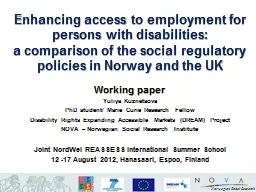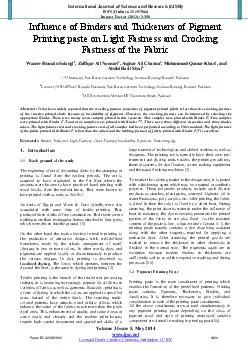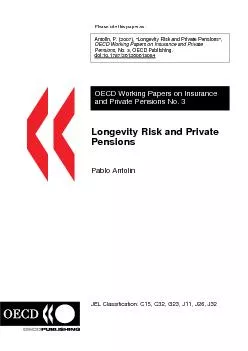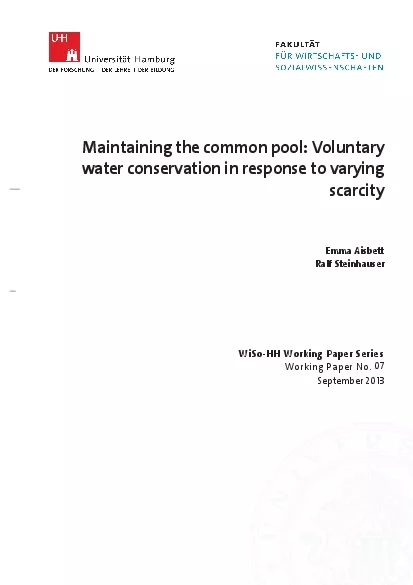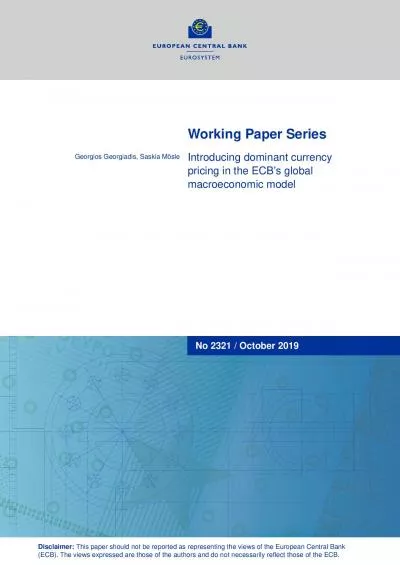PPT-Working paper
Author : ellena-manuel | Published Date : 2017-08-28
Yuliya Kuznetsova PhD student Marie Curie Research Fellow Disability Rights Expanding Accessible Markets DREAM Project NOVA Norwegian Social Research Institute
Presentation Embed Code
Download Presentation
Download Presentation The PPT/PDF document "Working paper" is the property of its rightful owner. Permission is granted to download and print the materials on this website for personal, non-commercial use only, and to display it on your personal computer provided you do not modify the materials and that you retain all copyright notices contained in the materials. By downloading content from our website, you accept the terms of this agreement.
Working paper: Transcript
Download Rules Of Document
"Working paper"The content belongs to its owner. You may download and print it for personal use, without modification, and keep all copyright notices. By downloading, you agree to these terms.
Related Documents

